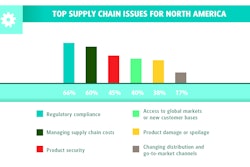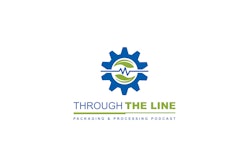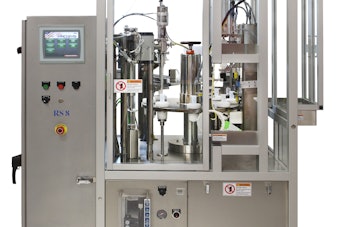1. Investing in skills and resources of operators and technicians. A mistake many companies make is to not build up the skills required for serialization on the part of the operators and technicians responsible for day-to-day running and maintenance of the packaging lines. Instead the tendency is to develop dependencies on vendors for support. By not empowering plant personnel with the resources and skill sets necessary to troubleshoot the technology, the people running these lines will be at a huge disadvantage when it comes to troubleshooting problems and taking corrective action.
2. Ensuring that aggregation can be counted on 100% of the time. It might be extra work and extra cost, with a potential hit on line performance, but the method of aggregation you choose must yield reliable aggregation data every time. Consequences are dire at the manufacturer level—where extensive rework can result from aggregation errors—and at the wholesaler/distributor level.
3. Integration challenges with MES and enterprise layers. In the last four years, companies have been so focused on testing serial number management that they haven’t focused on integrating the serialization solution into their core business systems.
4. Business process changes. Serialization brings dramatic changes not only to the jobs of operators, mechanics, and technicians, but also to the paperwork that goes along with those job changes—work procedures, SOPs, etc. Many people overlook these changes, which can result in delays and problems. Serialization is more than just serial number management. Think about how serialization is going to run 24/7 across most or all of your packaging lines, and think about what disciplines within your company it will touch.
5. Consultants and vendors may not be available when you want them. Finding qualified partners to help implement your solution will become more difficult the longer you wait. There are a finite number of vendors, consultants, and integrators that have actually implemented a serialization project. Their dance cards are filling up fast, leaving open the possibility that less qualified or experienced consultants may be presented in their place. Securing access to the proper vendor resources is key to a successful project. This risk is particularly acute for smaller companies, which may be put off by the vendor in favor of bigger customers that may receive priority treatment.
6. Look beyond the pilot. Ensure that you are doing more than the “perfect pilot.” Make sure that you really understand a day in the life of your products from the time that they are manufactured through the entire distribution process, including all of the shipping variants that may be used in getting your product to the end customer. This will allow you to exercise the system based on how you manage and ship products in your supply network. Make sure that you take a top-down approach to serialization, focusing on the benefits beyond compliance. Ask yourself how you can use the data to better understand how your supply chain works and how you can provide better service to your customers. When you do pilot, develop tests for exceptions and system failures and test SOPs during the pilot. Avoid dumbing down the pilot just to tell leadership a pilot was conducted.
7. Data pipes aren’t fat enough. Having been designed for simpler times, the pipes connecting line-level systems to higher-level systems in the enterprise may not be able to receive the sheer volume of data that will emanate from the packaging line once serialization begins. In many cases, you may need fatter pipes. Consider hierarchical system models to ensure higher availability, such as site and enterprise serial number management.
8. Multiple vendors increase risk. Simply stated, the more vendors involved in your project, the more integration that’s required, increasing the amount of risk you’re undertaking. Leverage standards to simplify integration between systems.
9. Understand the standards and roll with the changes. A solid understanding of the standards, even if they’re not fully developed yet, will mitigate errors and design flaws in your serialization systems. Accept the fact that the standards will continue to evolve, so you need to be flexible.
10. Serialization projects take longer and are more complicated than you think. The entire effort is often underestimated simply because we are all heading into uncharted waters. Large global pharmaceutical companies report a pilot test from start to finish can easily take a year, and it’s often a case of two steps forward, one step back. Then there’s the scale issue: Each line takes extensive time, work, and meetings. Multiply that by 10, 20, 30, or 60 lines, however many you have. It’s a lot of work.
11. Don’t wait for uncertainty to be resolved in order to start. Companies that have already begun piloting with serialization caution against waiting for regulations and standards to be “finalized” before beginning your serialization project. Both regulations and standards are undergoing constant evolution. Don’t wait any longer. You just need to dive in!
The rest of the Playbook shows you how.
Liked this article? Download the entire playbook here.






















